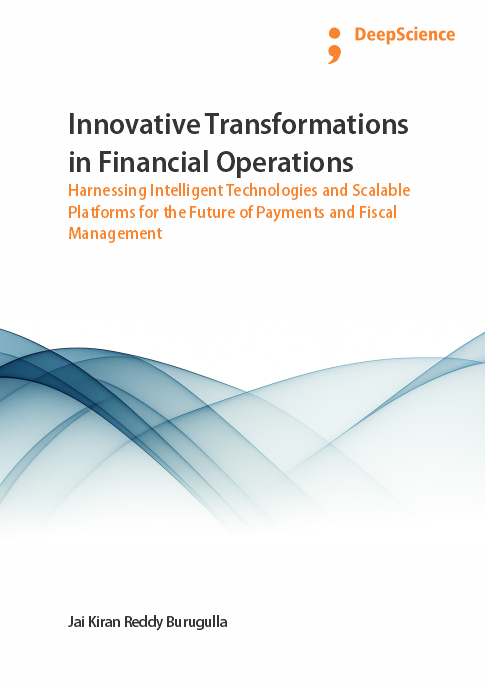Predictive modeling in personal lending, credit scoring, and risk assessment
Synopsis
We live in an age of predictive intelligence in which predictive modeling is a major part of everyday life. Businesses use predictive models to decide which would-be customer to grant credit for that shiny new car, whether to extend a credit card to that convenience store customer, which homeowner to target for home equity loans, and even which insurance policy holder to blame for the recent hurricane. When dealing with delinquent accounts, firms use predictive models to segment their collection accounts and create custom strategies for each segment, resulting in higher recovery rates and lower collection costs. Predictive modeling also is at the heart of the decision made by banks, credit unions, and other financial institutions every time they choose to extend or deny a loan, credit card, or line of credit to a customer or potential customer. Thus, predictive modeling is both important and pervasive in the financial world. Because predictive models are so important, the financial services industry has invested heavily in developing better data resources, improving analytical techniques, and assembling and training skilled analytics teams. As a result, the entire business community is now better able to uncover knowledge buried in the data. Predictive modeling is widely regarded as a well-established process for turning data into knowledge. When done right, the modeling process is a proven way to create valuable competitive advantage. Predictive modeling in the financial services industry has served as a template for other industries that also want more knowledge to help them better understand customers and markets.













